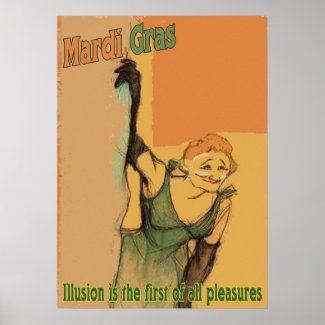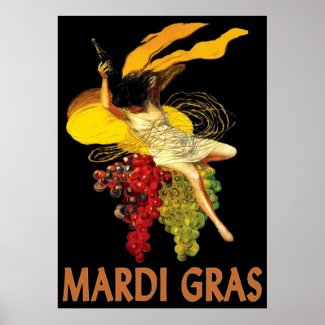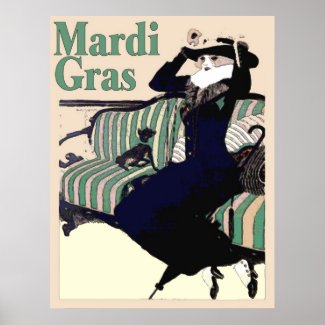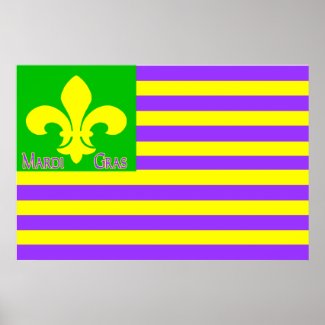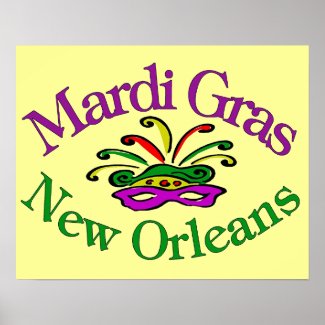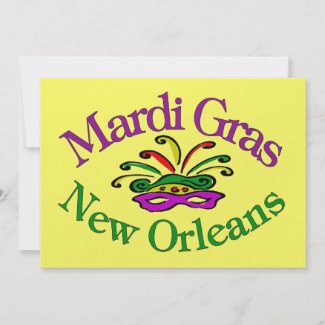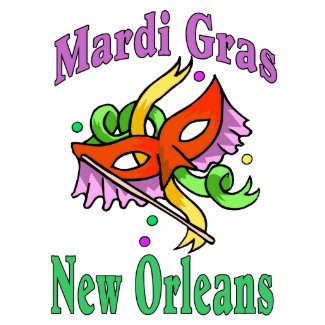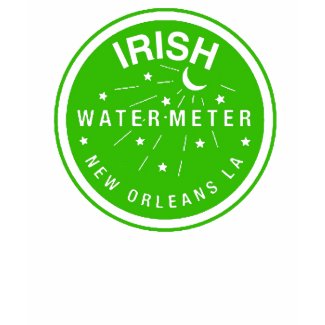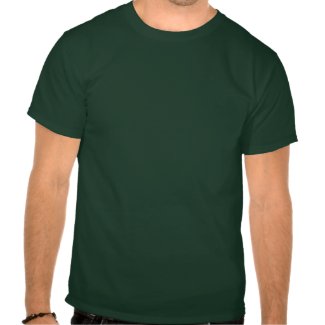Thursday, February 24, 2011
New Orleans Mardi Gras Posters
Unique designs of Mardi Gras posters created by local New Orleans Artist, see link for the many available for sale on the web: http://www.zazzle.com/figstreetstudio/mardi+posters?rf=238720872070265283
Also click an image for details on that poster. They come in several sizes or already framed too.
New Orleans Mardi Gras Shirts
As a local artist I paint and do shirt designs in my New Orleans Art Studio. I sell prints and shirts on the web and on Jackson Square. Here is a link to my Mardi Gras designs sold on the web: http://www.zazzle.com/figstreetstudio/mardi+gifts?rf=238720872070265283 I add new posters, art, and shirts all the time stop in and see them. Samoles are also on this page, click the iamge on the design to see more details.
Mardi Gras History from Wikipedia http://en.wikipedia.org/wiki/New_Orleans_Mardi_Gras
"Mardi Gras (Fat Tuesday in English) in New Orleans, Louisiana, is a Carnival celebration well-known throughout the world.
The New Orleans Carnival season, with roots in preparing for the start of the Christian season ofLent, starts after Twelfth Night, on Epiphany (January 6). It is a season of parades, balls (some of them masquerade balls), and king cake parties. It has traditionally been part of the winter social season; at one time "coming out" parties for young women at débutante balls were timed for this season.
Celebrations are concentrated for about two weeks before and through Fat Tuesday (Mardi Gras in French), the day before Ash Wednesday. Usually there is one major parade each day (weather permitting); many days have several large parades. The largest and most elaborate parades take place the last five days of the season. In the final week of Carnival, many events large and small occur throughout New Orleans and surrounding communities.
The parades in New Orleans are organized by Carnival krewes. Krewe float riders toss throws to the crowds; the most common throws are strings of plastic colorful beads, doubloons (aluminum or wooden dollar-sized coins usually impressed with a krewe logo), decorated plasticthrow cups, and small inexpensive toys. Major krewes follow the same parade schedule and route each year."
New Orleans Irish and Mardi Gras
Directly after Mardi Gras when the parades end we celebrate St. Patrick's Day. New Orleans has many Irish and a lot of the work done on the city was done by Irish see history here: http://www.neworleansonline.com/neworleans/multicultural/multiculturalhistory/irish.html
"An early wave of Irish immigrants, fleeing British persecution at the end of the 1700s, landed in New Orleans and became well integrated into the economy and social life of the city. The first St. Patrick’s Day celebration was held in 1809. Irish social and benevolent organizations were formed, and Irish theater thrived. The still existing St. Patrick’s Church was founded in 1833 because Irish parishioners wanted to attend services in English, not French".
So I do Mardi Gras Shirts and Irish shirts to wear at the parades. St. Patrick Day in New Orleans has several parades. See them here http://www.zazzle.com/figstreetstudio/irish+gifts?rf=238720872070265283
More on Irish coming to New Orleans at the La State Museum: http://lsm.crt.state.la.us/cabildo/cab8.htm
New Orleans was the second leading port of entry in the United States during the antebellum period. Between 1820 and 1860 over 550,000 immigrants came to New Orleans, although the Crescent City lagged far behind its top competitor, New York City. Still, by 1850 about one-quarter of Louisiana's and the majority of New Orleans' white population was foreign-born.
Several factors drew immigrants to New Orleans. European immigrants often found it less expensive to go to New Orleans than to Atlantic ports. The large vessels that carried southern agricultural products to Europe, especially cotton, returned to New Orleans with less bulky manufactured goods and had enough room to offer bargain fares to passengers.
Immigrants from Ireland also settled in Louisiana early on. The Crescent City held its first St. Patrick's Day celebration in 1809. The major influx of Irish, most of whom were peasants, came after 1830, especially following potato blights of the 1840s. By 1860 Irish numbered over 24,000 in New Orleans.
St. Patrick's CemeteryGeorge François Mugnierc. 1890This photograph shows antebellum Irish tombs in New Orleans.
In contrast to German immigrants, most Irish who arrived at the port of New Orleans stayed in the city, primarily because they could not afford passage farther inland. Crowding into the city's riverfront neighborhoods, they strained its limited housing, employment, and education. Forced to compete with slaves and free blacks at the bottom of the economy, many New Orleans Irish took low-paying, often dangerous manual jobs, such as digging canals and ditches, building roads, levees, and railroads, and laboring on the docks and in the warehouses. The mortality rate was especially high among canal diggers, who were highly susceptible to yellow fever, malaria, and cholera.
Subscribe to:
Posts (Atom)
